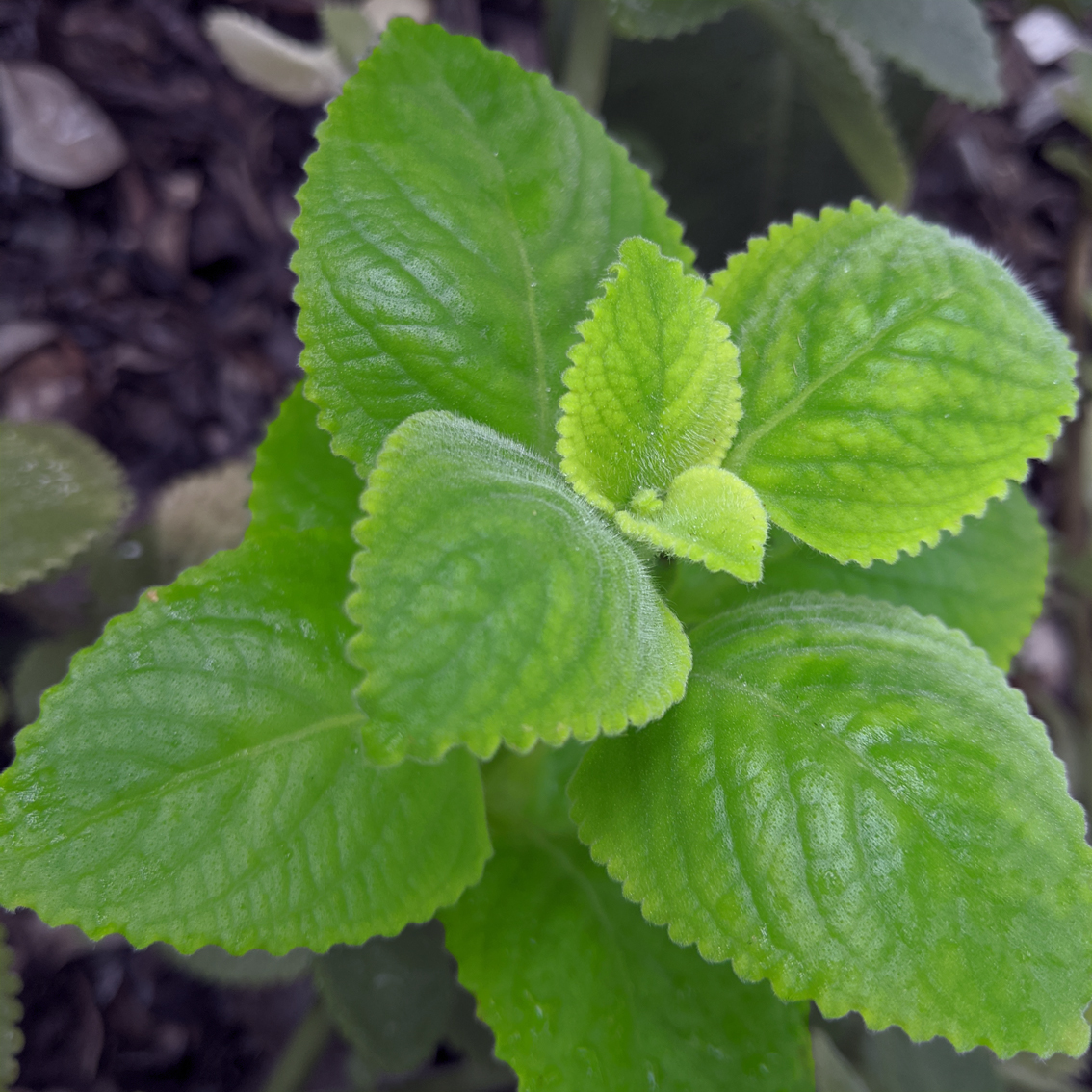Cuban thyme, known for its aromatic and flavorful leaves, is a herb that has captured the attention of culinary enthusiasts and gardeners alike. This herb, native to the Caribbean, boasts a unique flavor profile that enhances a variety of dishes and offers numerous health benefits. In this article, we will explore everything you need to know about Cuban thyme, from its history and uses to growing tips and health advantages.
Cuban thyme, or *Thymus vulgaris var. Cubanus*, is a lesser-known member of the thyme family. Its distinct flavor and aroma make it a sought-after ingredient in many kitchens, especially in Latin American and Caribbean cuisines. As we delve deeper into this herb, you’ll discover its versatility and why it is becoming increasingly popular among chefs and home cooks.
Whether you're an avid gardener looking to cultivate this herb or a culinary enthusiast eager to incorporate it into your recipes, this guide will provide you with all the information you need. So, let’s embark on this flavorful journey and uncover the wonders of Cuban thyme.
Table of Contents
- 1. History of Cuban Thyme
- 2. Botanical Characteristics
- 3. Culinary Uses of Cuban Thyme
- 4. Health Benefits of Cuban Thyme
- 5. Growing Cuban Thyme
- 6. Sourcing Cuban Thyme
- 7. Conclusion
1. History of Cuban Thyme
Cuban thyme has its roots in the Caribbean, where it has been used for centuries both as a culinary herb and for its medicinal properties. The herb was introduced to various regions through trade and colonization, becoming a staple in many local cuisines. Its adaptability to different climates and soils has allowed it to thrive in various parts of the world.
2. Botanical Characteristics
Cuban thyme is a perennial herb that belongs to the mint family. It typically grows to a height of 12 to 18 inches and features small, green leaves that are aromatic when crushed. The plant produces small purple to white flowers that attract pollinators, making it a popular choice for gardens.
2.1 Identification
To identify Cuban thyme, look for the following characteristics:
- Small, oval-shaped leaves
- Aromatic scent when leaves are crushed
- Height ranging from 12 to 18 inches
- Small clusters of purple to white flowers
3. Culinary Uses of Cuban Thyme
Cuban thyme is a versatile herb that can enhance a variety of dishes. Its robust flavor pairs well with meats, vegetables, and even desserts. Here are some common culinary uses for Cuban thyme:
3.1 Flavor Profile
The flavor of Cuban thyme is often described as earthy and slightly sweet, with hints of mint and lemon. This unique flavor makes it an excellent addition to both savory and sweet dishes.
3.2 Popular Dishes with Cuban Thyme
Some popular dishes that feature Cuban thyme include:
- Marinated grilled meats
- Vegetable stews
- Salsas and sauces
- Herb-infused oils
4. Health Benefits of Cuban Thyme
Cuban thyme is not only a flavorful herb but also offers various health benefits. Some of these benefits include:
- Rich in antioxidants
- Supports digestive health
- May have antimicrobial properties
- Can aid in respiratory issues
5. Growing Cuban Thyme
Growing Cuban thyme at home can be a rewarding experience. It is relatively easy to cultivate and can thrive in a variety of conditions.
5.1 Planting Tips
When planting Cuban thyme, consider the following tips:
- Choose a well-draining soil
- Plant in a location with full sun
- Space plants about 12 inches apart to allow for growth
5.2 Care and Maintenance
To ensure healthy growth, consider these care tips:
- Water regularly, but avoid overwatering
- Prune the plant to encourage bushier growth
- Fertilize sparingly, as thyme prefers nutrient-poor soil
6. Sourcing Cuban Thyme
Cuban thyme can be sourced from local nurseries, farmers' markets, and even online retailers. When purchasing, look for healthy, vibrant plants with no signs of disease.
7. Conclusion
In conclusion, Cuban thyme is a unique herb that adds flavor and health benefits to your culinary repertoire. Its rich history, versatile uses, and ease of cultivation make it a valuable addition to any kitchen or garden. We encourage you to explore the world of Cuban thyme by incorporating it into your dishes or growing it in your own garden.
If you have any experiences or recipes using Cuban thyme, please share them in the comments below! Don’t forget to share this article with fellow food enthusiasts and check out our other articles for more culinary insights.
You Might Also Like
How To Make A Presentation Humorous: Tips And Tricks To Engage Your AudienceUnderstanding JJK 263: A Comprehensive Guide
The Ultimate Harry Potter Quiz: Test Your Wizarding Knowledge
Understanding The "Works Alone" Crossword Clue: A Complete Guide
Lightheartedness Crossword: A Fun Guide To Solving And Enjoying Puzzles
Article Recommendations
- Oksana Kuzmenko
- Is Chef Nakajima Married
- Roberto Esquivel
- Whos Tom Hardys Wife
- How Old Is Corpse
- What Is President Trumps Iq
- Emily Skeggs
- Who Is Ms Pat Married To In Real Life
- Why Did Von Go To Jail
- Sophie Rain Spiderman Suit Video


